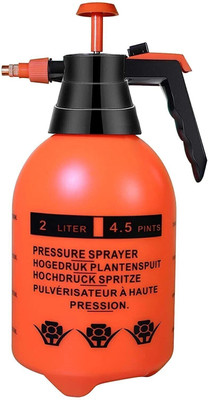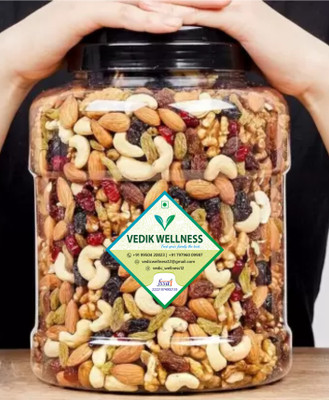
CYBEXIS Rare ZINNIA PEPPERMINT STICK FLOWER SEEDS Seed (1 g)
Share
CYBEXIS Rare ZINNIA PEPPERMINT STICK FLOWER SEEDS Seed (1 g)
Be the first to Review this product
Special price
₹199
₹499
60% off
Available offers
T&C
T&C
T&C
T&C
Delivery
Check
Enter pincode
Delivery by28 Jun, Saturday|₹60
?
if ordered before 9:59 PM
View Details
Highlights
- Seed Type: Flower
- Suitable For: Indoor, Outdoor
- Organic Plant Seed
- Seed For: Rare ZINNIA PEPPERMINT STICK FLOWER SEEDS
- Flowering Plant
- Quantity: 1 g
Services
- Cash on Delivery available?
Seller
Specifications
In The Box
|
General
| Brand |
|
| Model Name |
|
| Quantity |
|
| Common Name |
|
| Flowering Plant |
|
| Suitable For |
|
| Type of Seed |
|
| Organic |
|
| Family |
|
| Uses |
|
| Soil Nutrient Requirements |
|
| Sowing Method |
|
| Net Quantity |
|
Additional Features
| Care Instructions |
|
| Other Features |
|
Be the first to ask about this product
Safe and Secure Payments.Easy returns.100% Authentic products.
Back to top








